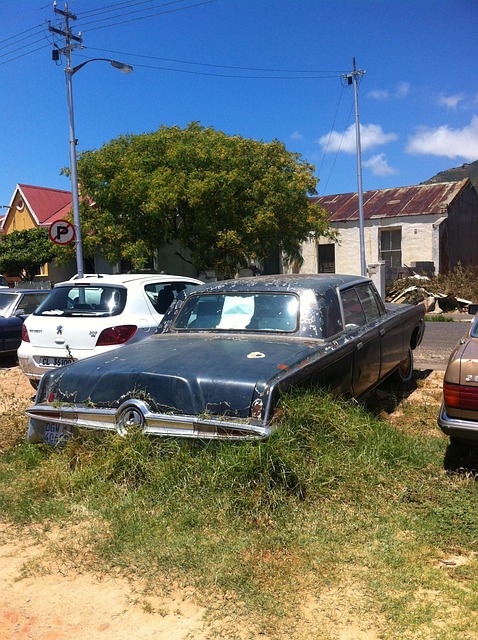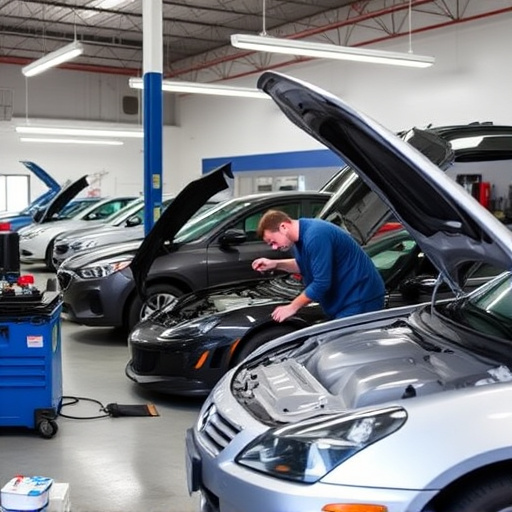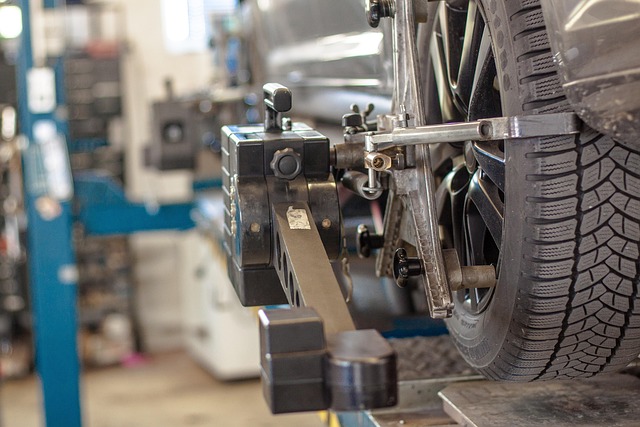Collision insurance claim policy limits vary by plan, impacting compensation for accidents and repairs. Basic policies have lower caps ($1000+), while comprehensive plans offer higher limits ($5000+). Awareness of these limits guides policyholders in choosing suitable coverage, ensuring adequate protection and managing potential financial burdens from extensive repairs. Understanding collision insurance claims' financial scope is vital for maximizing compensation and supporting victims' needs, including medical bills and car repairs.
When policy limits impact accident claim payouts, it’s crucial to understand the intricate relationship between coverage and compensation. This article explores the effects of low collision insurance claims limits on victims’ recoveries, highlighting the challenges and financial constraints they often face. We also delve into strategies for navigating higher policy limits, emphasizing how these adjustments can enhance accident claim compensation and ensure fairer outcomes for all parties involved in collisions.
- Understanding Policy Limits in Collision Insurance Claims
- Impact of Low Policy Limits on Accident Claim Payouts
- Navigating Higher Limits: Enhancing Accident Claim Compensation
Understanding Policy Limits in Collision Insurance Claims

When it comes to collision insurance claims, understanding policy limits is paramount for policyholders and claimants alike. Policy limits refer to the maximum amount an insurance provider will cover in the event of a covered loss or accident. These limits are typically expressed as dollar amounts and can vary widely depending on the insurance plan and coverage level chosen. For instance, a basic collision coverage policy might cap out at $1000 for repairs, while comprehensive policies often offer higher limits tailored to more extensive vehicle damage, sometimes exceeding $5000.
Knowing these limits is crucial as it directly impacts the financial outcome of an accident claim. Policyholders should be aware of their coverage details and understand what types of automotive repair services are included within those limits. If a collision leads to substantial repairs that exceed policy caps, claimants might find themselves responsible for out-of-pocket expenses exceeding expected costs. Conversely, understanding these limits empowers policyholders to choose plans suited to their needs and budget, ensuring they’re adequately protected should an accident occur, with potential savings on unnecessary coverage.
Impact of Low Policy Limits on Accident Claim Payouts

When it comes to accident claim payouts, the policies’ limits can significantly influence the financial compensation received by those involved in collisions. Low policy limits often result in reduced payouts for collision insurance claims, which can be disheartening for individuals seeking reimbursement for their vehicle repairs and medical expenses. This is particularly true for instances involving substantial damage, such as complex frame straightening or extensive dent repair, where the cost of vehicle body repair can surpass the insured’s policy coverage.
As a result, policyholders may find themselves bearing the financial burden of repairs not covered by their insurance. This reality underscores the importance of understanding one’s collision insurance coverage and considering options to enhance protection, such as opting for higher policy limits or exploring additional coverage for comprehensive vehicle body repair services.
Navigating Higher Limits: Enhancing Accident Claim Compensation

When it comes to navigating collision insurance claims, understanding policy limits is key to enhancing accident claim compensation. Higher limits on policies can significantly impact the payout for injuries and damages incurred in a collision. This allows individuals to secure more substantial financial support during their recovery process. For instance, if a policy has a higher limit, it could cover extensive medical bills, lost wages, and even provide funds for long-term care if needed.
This flexibility in compensation is crucial, especially when dealing with complex cases or severe injuries. It ensures that victims of accidents receive adequate support to manage not only immediate expenses but also future financial obligations related to car repairs (including dent removal and tire services), medical treatments, and rehabilitation at a reputable car repair shop.
Collision insurance claims often face constraints due to policy limits, which can significantly impact the compensation received by accident victims. Understanding these limits is crucial for navigating fair payouts. While low policy limits may restrict financial support, recognizing their effect is a step towards informed decision-making. Conversely, higher limits offer enhanced coverage, ensuring individuals receive adequate compensation for their losses. By exploring options and advocating for suitable policy adjustments, individuals can better protect themselves and secure more substantial accident claim settlements.













